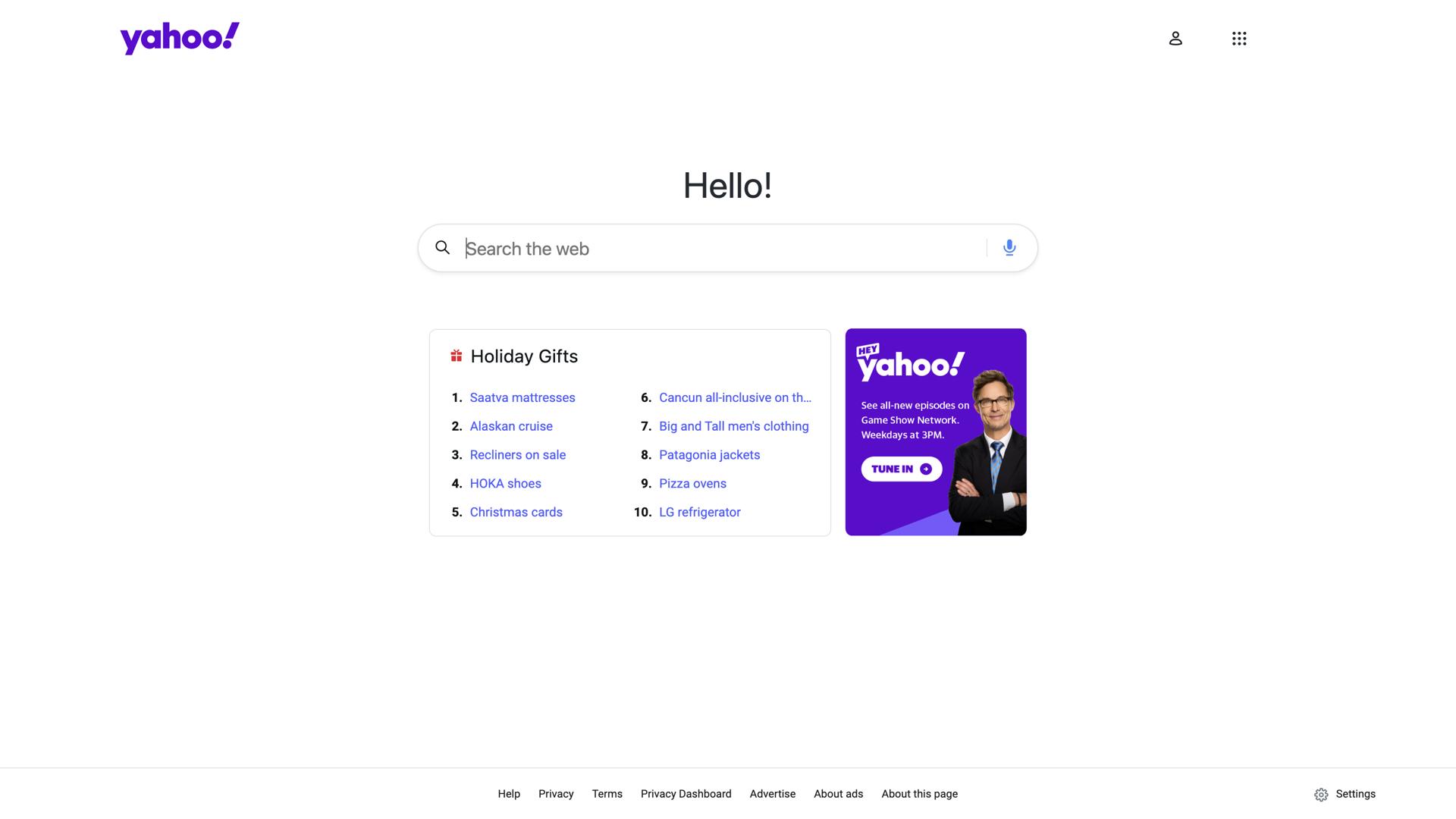AltaVista – Legacy Search Engine with Powerful Search Features
Introduction to AltaVistaAltaVista was one of the most significant search engines of the early internet era. Launched in 1995 by Digital Equipment Corporation (DEC), AltaVista quickly became a popular tool for finding information on the web. Known for its speed and innovative search features, it was one of the first search engines to index a large portion of the web, offering users the ability to search not only text-based content but also images, videos, and other multimedia elements.
How AltaVista WorkedAltaVista was one of the first search engines to implement a full-text search index, which was a groundbreaking feature at the time. The search engine crawled the web, indexing pages and storing detailed information about their content. Users could search using natural language queries, and AltaVista would return relevant results from its vast index of websites, images, and other web-based content.
- Full-Text Search: AltaVista allowed users to search through the actual content of web pages, not just the titles or meta tags.
- Advanced Search Features: The search engine offered a variety of filters, including language, date, and file type, making it easy to narrow down search results.
- Multimedia Search: AltaVista was one of the first to offer the ability to search for images and videos, paving the way for future multimedia searches.
- Fast and Efficient: AltaVista was known for its speed, delivering results quickly to users who needed accurate information fast.
AltaVista became one of the most popular search engines of its time because it offered several features that were ahead of its competition. Its ability to index large amounts of content and return relevant results quickly made it the go-to search engine for millions of users. It was also a pioneer in offering tools for searching multimedia content, setting the stage for future search engine innovations.
- Innovative Search Features: AltaVista introduced features like natural language search and the ability to search for multimedia content.
- Comprehensive Search Results: AltaVista provided users with comprehensive search results, including news, images, and even weather information.
- Customizable Experience: The search engine allowed users to refine search results using various filters, making it easier to find specific content.
- Speed: AltaVista’s fast results made it a favorite among users who needed quick answers to their queries.
AltaVista introduced several advanced features that revolutionized web search. Here are some of the key features that helped AltaVista stand out:
- Natural Language Search: Users could type questions or queries in natural language, making it easier to find answers.
- Multimedia Search: It was one of the first search engines to allow users to search for images, videos, and audio content.
- Advanced Search Options: Users could refine their searches by date, language, and even specific file types.
- Search History: AltaVista allowed users to view their search history, making it easier to revisit past searches.
AltaVista’s innovative features attracted a wide range of users, from casual internet surfers to professionals seeking detailed information. Below are some of the groups that benefited from AltaVista:
- Casual Internet Users: AltaVista’s ease of use and fast results made it popular among everyday web users.
- Researchers: Academics and professionals used AltaVista to quickly find scholarly articles, news, and other information.
- Multimedia Enthusiasts: People searching for images, audio, or video content relied on AltaVista’s multimedia search capabilities.
- Businesses: Companies used AltaVista to find relevant content for their products, services, and marketing strategies.
AltaVista’s innovations changed how people searched for information on the internet. By providing a fast, comprehensive search engine with advanced features like full-text search and multimedia search, AltaVista set the stage for the modern search engines we use today. It also showed the potential of the web as a place for vast amounts of information to be indexed and made searchable, influencing future search engine development.
ConclusionAlthough AltaVista is no longer in operation, its legacy lives on in the modern search engines we use today. AltaVista was a true pioneer, offering innovative features that set it apart from its competitors and paved the way for the search engines that followed. Even in its prime, it helped users find accurate, fast, and comprehensive information, making it one of the most beloved search engines of its time.
